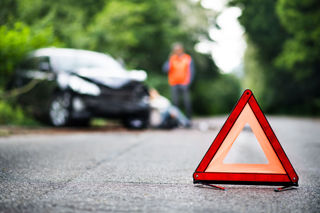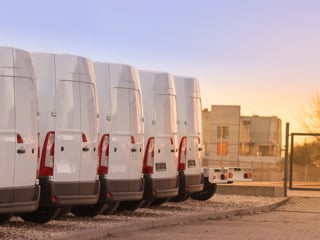All lane running (or smart) motorways use technology to actively manage the flow of traffic and utilise the hard shoulder to minimise congestion, but driving on them can sometimes be tricky.
They don’t work effectively if motorway users do not use them as they’re supposed to.
IAM RoadSmart’s head of driving and riding standards Richard Gladman has suggested these safety tips for using them:
- Never enter a motorway if you are short of fuel or have any concerns about your car’s fitness to cope with high-speed driving. Most breakdowns are totally avoidable and getting help on a motorway is more difficult, more expensive and much more dangerous.
- If a warning light comes on or the car feels strange leave at the next slip road, head for the nearest service area or stop in an emergency refuge.If you have a puncture try to keep going until you reach a safe spot.
- In a refuge use the emergency phone to alert operators to your problem and to summon help. Don’t rely on your mobile phone as you may not have signal and by using the provided phone emergency services will be able to pin-point you exactly. Listen carefully to instructions on when to leave a refuge area when you’re ready to continue your journey.The control centre may set the signs behind you to alert traffic you are coming out.
- If you do breakdown in the inside lane between refuges consider leaving the vehicle on the passenger side and take refuge behind the barrier. Put your hazard lights on so traffic can move around you.
- If you are in a middle running lane, stay in the car and keep your seatbelt on. CCTV cameras and sensors should alert the control centre to your predicament and help will be on its way. Variable message signs will also alert other drivers to a blocked lane ahead, but if you feel unsafe call 999.Never cross the other carriageway or let passengers or pets out in a running lane.




















bob the engineer - 30/11/2016 17:07
Another 'tip' a lot of other people don't seem to realise is that the hard shoulder is ONLY in use when the signs are lit up to say it is. If the signs are off then you must not use the hard shoulder!